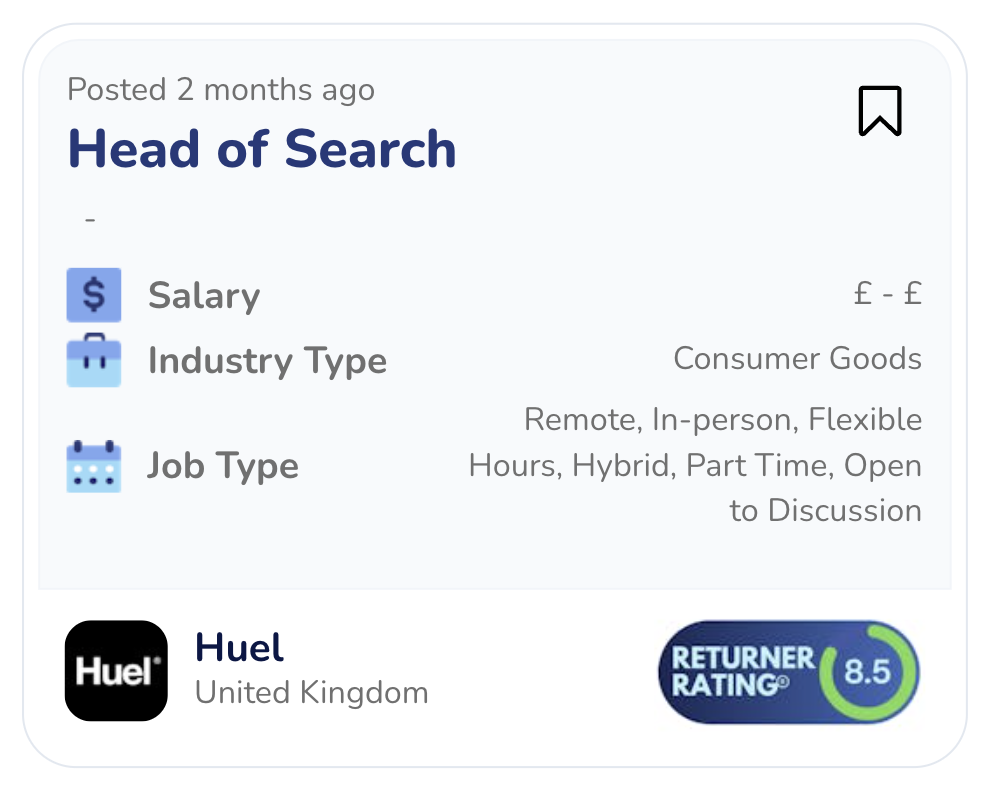A phased return to work is a structured approach that enables employees to gradually resume their duties following an extended absence due to illness, injury, or other personal reasons. This method supports both the employee's recovery and the employer's operational needs.
Jump to:
- What is a phased return to work?
- Benefits of a phased return to work
- How to plan a phased return to work
- Phased return to work plan example
- Legal rights and employer obligations in the UK
- Pay during a phased return to work
- NHS phased return to work policies
- Steps to implement a phased return to work
- How to discuss a phased return to work with your employer
- Common challenges and how to overcome them
- Evaluating the success of a phased return to work
- Conclusion
What is a phased return to work?
A phased return to work involves an employee returning to their role with adjusted hours, duties, or responsibilities over a set period. This gradual process helps the individual rebuild confidence and capacity, reducing the risk of relapse or further absence. For example, an employee might start with part-time hours and incrementally increase to their full contractual hours.
Find out how to request a phased return to work
Access phased return to work templates below
Phased return request templatesBenefits of a phased return to work
For employees:
Facilitates a smoother transition back to work, promotes recovery, and helps in managing health conditions effectively.
For employers:
Retains experienced staff, reduces recruitment costs, and fosters a supportive workplace culture.
How to plan a phased return to work
Phased return to work plan example
A typical phased return to work plan might include:
- Week 1: Work 40% of usual hours with reduced responsibilities.
- Week 2: Increase to 60% of hours, reintroducing more tasks.
- Week 3: Work 80% of hours, nearing full duties.
- Week 4: Return to 100% hours and responsibilities.
This plan should be flexible and tailored to the individual’s needs and the nature of their role.
Legal rights and employer obligations in the UK
Under the Equality Act 2010, employers are required to make reasonable adjustments for employees with disabilities, which can include implementing a phased return to work. Additionally, the Health and Safety Executive (HSE) advises employers to record and monitor sick leave to identify trends and manage risks.
Find out how to request a phased return:
Access phased return request templates below
Phased return request templatesPay during a phased return to work
Payment during a phased return depends on the employer’s policies and the specific agreement made. Some organisations offer full pay during the phased period, while others may adjust pay according to hours worked. It’s essential to discuss and document pay arrangements before commencing the phased return.
NHS phased return to work policies
The NHS provides specific guidelines for phased returns:
- Duration: Typically up to four weeks, but this can vary based on individual circumstances.
- Pay: Employees may receive their normal pay during the phased return, especially if it’s recommended by occupational health. If the phased return extends beyond the typical period, annual leave might be used to maintain full pay.
Steps to implement a phased return to work
How to discuss a phased return to work with your employer
Common challenges and how to overcome them
Resistance to adjustments:
Educate stakeholders on the benefits of a phased return for both parties.
Undefined policies:
Advocate for clear organisational policies regarding phased returns.
Monitoring progress:
Set up regular check-ins to address issues promptly.
Evaluating the success of a phased return to work
Employee feedback:
- Gather insights on their comfort and confidence levels.
Performance metrics:
- Assess productivity and ability to meet job requirements.
Health assessments:
- Ensure the employee’s health is not adversely affected.
A successful phased return benefits both the employee and employer, fostering a supportive and productive work environment.
Join the ivee community!
Join our Facebook group. Whether you’re looking to reconnect with like-minded returners, seek advice on returning to work after maternity leave, or share your experiences, our Facebook community is here to help you navigate your journey back into the workforce.
You’ll find:
👉 Latest regulatory changes regarding maternity leave
👉 CV templates for women returning to work
👉 Latest industry updates
👉 Resources and guides to help you on your job hunt
👉 Confidence-building events, webinars and advice on all aspects of returning to work
Our Facebook community
Conclusion

A phased return to work is a valuable approach that benefits both employees and employers by ensuring a smooth and supportive transition back to full duties. By creating a clear plan, maintaining open communication, and making necessary adjustments, businesses can help employees regain confidence and productivity while prioritising their well-being. Whether recovering from illness, injury, or stress, a structured return process can make all the difference in fostering a positive and sustainable work environment.
Looking for flexible work?
All the jobs on our site are hand-vetted for their flexibility and parent-friendly policies
Find your new flexibilityFeatured Blog Posts









